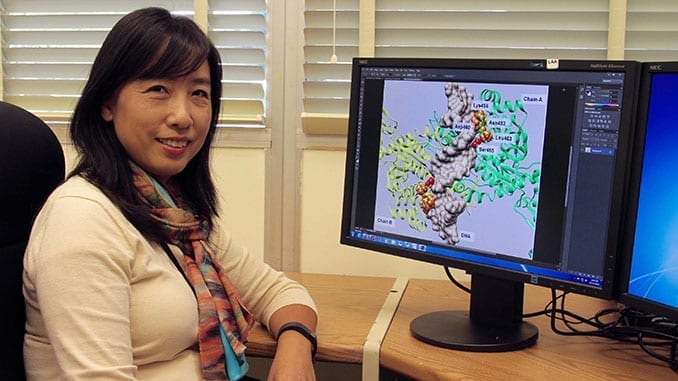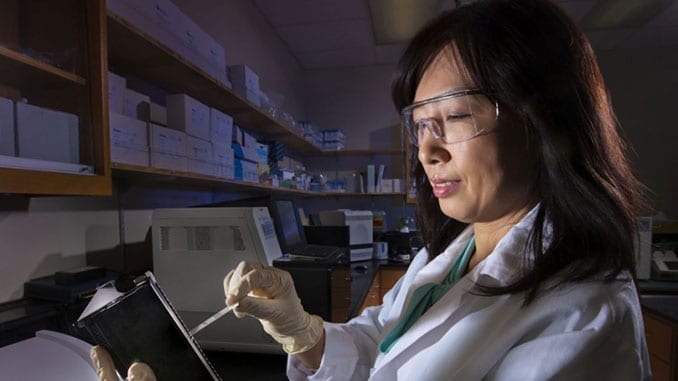
In the first study to search the entire genome of Francisella tularensis bacteria for variations, researchers from Lawrence Livermore National Laboratory (LLNL) identified new mutations which confer resistance to ciprofloxacin (Cipro), one of the most common antibiotic treatments.
F. tularensis is a Category A Select Agent, a designation for organisms and toxins that pose the greatest risk to public health and safety, such as the microbes that cause anthrax and plague.
“This perspective allows you to see mutations that are new that we didn’t know about. If you don’t do this type of study, you’re going to miss other mechanisms that cause resistance in the bacteria. So by doing a genome-wide study, it gives you a much more complete picture about what’s going on,” said LLNL biologist and lead author Crystal Jaing.
The study found resistance-conferring mutations in a hypothetical protein, an asparagine synthase, and a sugar transamine/perosamine synthetase in addition to observing known variants.
Identifying functional mutations enable scientists to develop diagnostic tests to determine in a matter of hours if a bioweapon release is antibiotic resistant and if it might have been manipulated to be more pathogenic or for other reasons. Time is important especially in the case of F. tularensis because it can be spread as an aerosol, which makes it difficult to contain.
If doctors do not know the strain is resistant to Cipro, patients could be in a late stage of the infection before being provided with effective treatment.
Whether in response to bioterrorism or in everyday clinics, these tests could allow doctors to determine whether an infection is resistant to certain antibiotics before beginning treatment. Most often when a patient has a bacterial or viral infection, doctors must rely on past experience and trial and error. Cipro is frequently prescribed first, under the assumption that it normally is effective.
The LLNL team used DNA sequencing and DNA microarrays to inspect the entire genome. They also used protein modeling to predict structural and functional changes caused by the mutations and compare simulations to a database of known proteins. Structural changes can prevent the antibiotic drug from binding to the target protein, making it less or non-effective.
“Knowing if there’s any structural impact of that mutation will help us infer what the potential functional changes might be,” Jaing said.
The Department of Homeland Security Science and Technology Directorate funded the study. Eureka Genomics performed external sequencing and sequencing analysis.
Read the study at PLOS ONE: Identification of Genome-Wide Mutations in Ciprofloxacin-Resistant F. tularensis LVS Using Whole Genome Tiling Arrays and Next Generation Sequencing.



